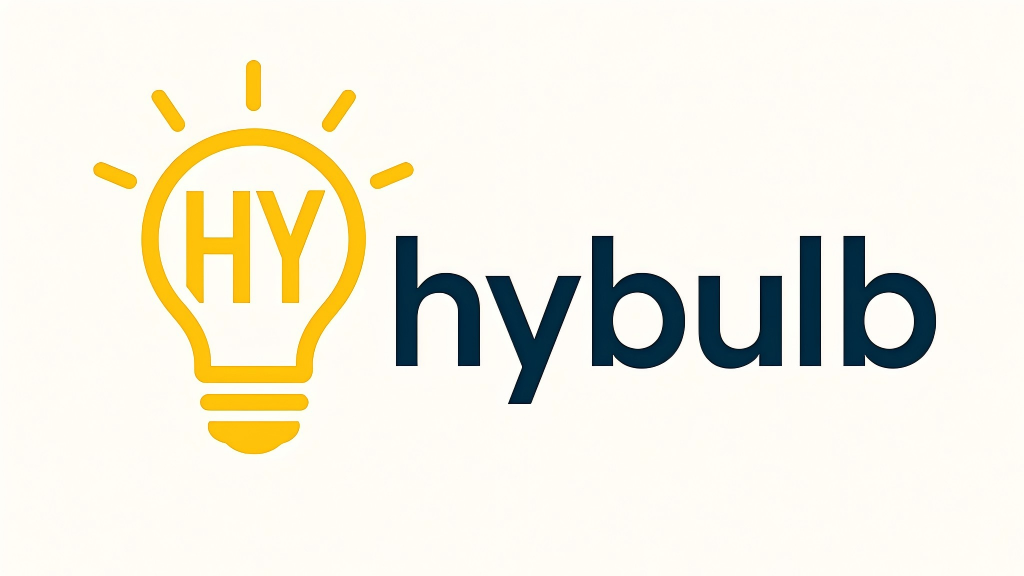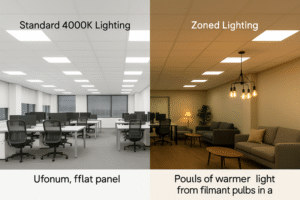Are you struggling to make sense of the constant promotions? The fierce competition on major retail platforms makes it hard to stand out and maintain profits. It feels overwhelming.
Navigating these promotions requires a clear strategy. Focus on product differentiation with high-quality features, a reliable supply chain to manage inventory for sales peaks, and a pricing model that balances competitive discounts with healthy profit margins. This approach helps you succeed long-term.
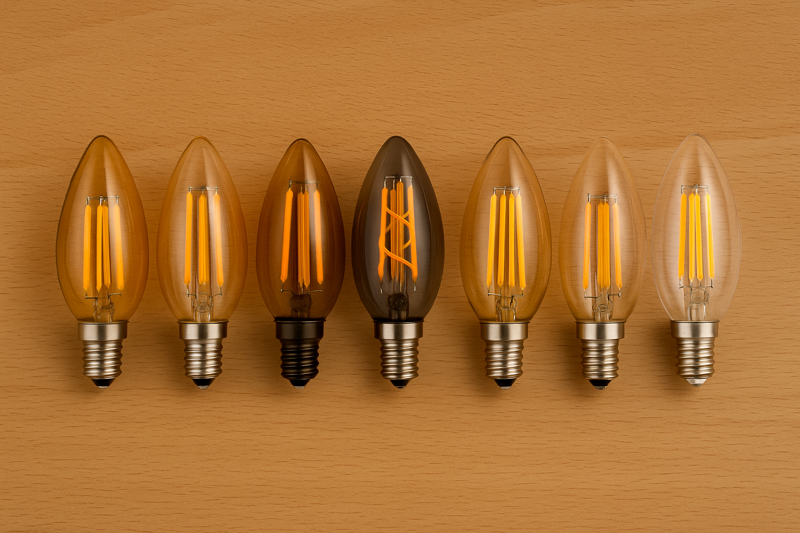
Understanding the promotional landscape of giants like Amazon, Home Depot, and Walmart is more than just about observing sales. For a product manager or buyer like yourself, it's about dissecting their strategies to better position your own products. I've spent years working with clients who sell on these platforms, and I've learned that the biggest challenge isn't just the price war; it's about having the right product and the right partner when a promotion hits. The chaos of a flash sale can expose weaknesses in your supply chain instantly. Let's break down how these retail environments work, so you can turn their promotional frenzy into your strategic advantage.
How do Amazon's promotion strategies differ from Home Depot's and Walmart's?
Feeling a bit lost in the different promotional styles of major retailers? Each platform has its own playbook, making a one-size-fits-all approach ineffective. The complexity can be frustrating.
Amazon focuses on high-velocity, algorithm-driven deals like Lightning Deals. Home Depot emphasizes seasonal events and loyalty programs for contractors. Walmart blends online rollbacks with in-store promotions, targeting budget-conscious consumers. Understanding these differences is key to tailoring your strategy.
%Logos of Amazon, Home Depot, and Walmart side-by-side
When I talk to my clients, especially those like Jacky in the U.S., a common topic is how to plan for different sales channels. The conversations highlight that these retailers are not just different storefronts; they are entirely different ecosystems. To succeed, you have to play by their specific rules. My role as a manufacturer isn't just to produce bulbs; it's to provide the product and insight that aligns with my clients' channel strategy. Let’s look at the specifics.
The Amazon Arena: Speed and Volume
Amazon is a fast-paced marketplace driven by data. Their promotions are designed to create urgency and clear inventory quickly.
- Lightning Deals: These are time-sensitive promotions featured on Amazon's highly visible "Today's Deals" page. Success here depends on having enough stock ready to ship to Amazon FBA warehouses before the deal goes live. A stock-out not only means lost sales but can also hurt your product's organic ranking.
- Coupons and Prime Exclusive Discounts: These tools are more about sustained marketing. They allow you to appeal directly to Prime members, a very loyal customer base. The key here is visibility; your bulb needs to stand out with a competitive discount.
The Home Depot Model: Projects and Professionals
Home Depot's customer base is different. They cater to DIY homeowners and professional contractors. Their promotions reflect this.
- Seasonal Sales Events1: Think Spring Black Friday or holiday lighting sales. These are large-scale, planned events. For a buyer, this means forecasting demand months in advance. We often work with clients to schedule production runs specifically for these events to ensure an uninterrupted supply.
- Pro Program2: Home Depot heavily targets professionals with bulk pricing and special buys. If your LED candelabra bulbs are contractor-grade (e.g., high CRI, durable, bulk packaging), aligning with this program is a huge advantage.
The Walmart Strategy: Everyday Value
Walmart built its brand on "Everyday Low Prices3." Their promotions reinforce this message.
- Rollbacks: These are temporary price reductions, different from permanent price drops. They are Walmart's version of a classic sale, advertised both online and in-store. It’s a volume game.
- Online vs. In-Store: Walmart is blending its physical and digital presence. An online promotion might be designed to drive foot traffic to a physical store. Understanding this omnichannel approach is crucial when planning your inventory allocation.
Here is a simple table to compare them:
| Retailer | Primary Promotion Type | Target Audience | Key Success Factor |
|---|---|---|---|
| Amazon | Lightning Deals4, Digital Coupons | Online impulse shoppers, Prime members | Speed, FBA Inventory Management |
| Home Depot | Seasonal Events, Bulk Buys | DIY homeowners, Professional contractors | Long-term planning, Pro-grade quality |
| Walmart | Rollbacks, Price Matching | Budget-conscious families | Price competitiveness, High volume |
Understanding these nuances is the first step. You can't use an Amazon strategy for Home Depot and expect the same results. Each requires a distinct product focus, inventory plan, and pricing structure.
What product features are essential for a successful promotion on these platforms?
Are your products getting lost in a sea of similar-looking bulbs during a sale? When everything is discounted, price becomes the only factor, squeezing your margins. It's a tough situation.
Success hinges on features that justify a purchase beyond price. High CRI for true color rendering, smooth dimmability without flicker, and certifications like UL or Energy Star build trust and offer tangible value that stands out during a crowded promotion.

I remember a conversation with a long-time client who was preparing for a major Amazon Prime Day sale. He was worried about competing with dozens of other brands on price alone. I told him, "Let them fight over the bottom. We will focus on the features that customers actually complain about in negative reviews." That shift in perspective was a game-changer for him. Instead of just supplying a "cheap" bulb for the sale, we supplied a bulb that solved common problems. This is where a good manufacturing partner adds real value—by helping you build a product that wins on quality, not just price.
Winning with Technical Specifications
During a promotion, customers are actively comparing products. Clear, superior technical specs can be your most powerful sales tool.
- Color Rendering Index (CRI): A CRI of 90+ is a massive selling point. Standard bulbs often have a CRI around 80. Showing customers that your bulb makes colors in their home look vibrant and true is a tangible benefit. In product listings, using before-and-after pictures to demonstrate high CRI can be very effective.
- Smooth Dimmability: One of the most common complaints about LED candelabra bulbs is flickering or buzzing when used with a dimmer switch. We invested heavily in our driver technology to ensure our bulbs offer smooth, wide-range dimming compatibility with most major dimmer brands. Highlighting "flicker-free" and listing compatible dimmers in### Winning with Technical Specifications
During a promotion, customers are actively comparing products. Clear, superior technical specs can be your most powerful sales tool.
- Color Rendering Index (CRI)5: A CRI of 90+ is a massive selling point. Standard bulbs often have a CRI around 80. Showing customers that your bulb makes colors in their home look vibrant and true is a tangible benefit. In product listings, using before-and-after pictures to demonstrate high CRI can be very effective.
- Smooth Dimmability6: One of the most common complaints about LED candelabra bulbs is flickering or buzzing when used with a dimmer switch. We invested heavily in our driver technology to ensure our bulbs offer smooth, wide-range dimming compatibility with most major dimmer brands. Highlighting "flicker-free" and listing compatible dimmers in your description can eliminate a major purchase hesitation.
- Lumens and Color Temperature (CCT): Offering a variety of options is key. Some customers want bright, cool light (4000K+) for a bathroom vanity, while others want a warm, cozy glow (2700K) for a dining room chandelier. Clearly labeling the lumen output (brightness) and CCT (light color) helps customers choose the right bulb with confidence.
The Power of Trust and Safety
Certifications are not just logos; they are symbols of trust and quality.
- UL/ETL Listing7: For the U.S. market, this is non-negotiable. It signifies that the product has been tested and meets safety standards. During a promotion, a customer choosing between a certified and a non-certified bulb will almost always choose the safer option, even if it's slightly more expensive.
- Energy Star Rating: This certification tells customers the bulb is highly energy-efficient, saving them money on their electricity bill. This is a powerful value proposition. You can frame your promotional message around "Invest a little now, save a lot later."
Here’s a breakdown of features and their impact on a promotion:
| Feature | Customer Benefit | Promotional Angle |
|---|---|---|
| High CRI (90+) | True, vibrant colors | "See your home in the best light." |
| Flicker-Free Dimming | No annoying buzz or flicker | "Perfect ambiance, total control." |
| UL/ETL Certification | Safety and peace of mind | "Quality you can trust." |
| Energy Star Rating8 | Lower electricity bills | "A smart investment for your home and wallet." |
| Long Lifespan (15,000+ hours) | Fewer replacements, less hassle | "Buy it once, enjoy it for years." |
Focusing on these features transforms your product from a commodity into a solution. During a promotion, you aren't just offering a discount; you are offering a demonstrably better product at a great price. That is a winning combination.
How can you price your bulbs competitively while maintaining profit margins during these promotions?
Do you feel pressured to join every price war? Slashing prices for a promotion can attract sales, but it often destroys your profit margins. This race to the bottom is unsustainable.
The key is strategic pricing, not just price cutting. Calculate a promotional price that covers costs, Amazon fees, and a minimum profit. Bundle products or offer tiered discounts to increase the average order value, protecting your overall margin.
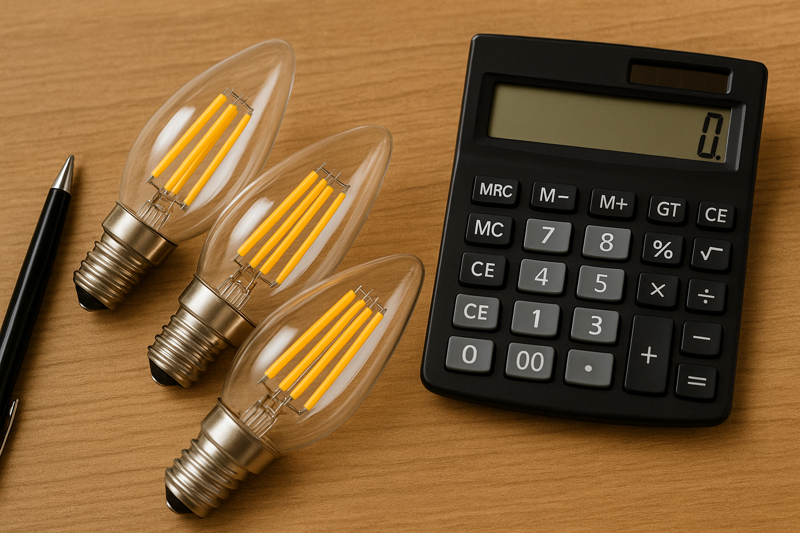
I often speak with product managers who are planning their promotional calendars. The first question is always about price. My advice is to shift the question from "How low can we go?" to "How much value can we offer at a competitive price?" It's a subtle but important difference. A successful promotion leaves both the customer and the business happy. The customer gets a great deal, and the business gains market share and revenue without sacrificing its financial health. This requires careful planning, and it starts long before the promotion goes live, right back at the sourcing stage. A good factory price gives you the flexibility you need.
Understanding Your True Costs
Before setting a promotional price, you must know your landing cost inside and out. It's more than just the factory price.
- Cost of Goods Sold (COGS)9: This is the price you pay us, the manufacturer, for each bulb.
- Logistics: This includes shipping from our factory in China, import duties, customs clearance fees, and domestic freight to your warehouse or an Amazon FBA center.
- Platform Fees10: Amazon's fees are significant. They include referral fees (usually 15% for this category), FBA fulfillment fees (if applicable), and storage fees.
- Marketing Costs: Will you be running ads to support the promotion? This cost needs to be factored in per unit.
Once you have this "all-in" cost per unit, you can determine your break-even point. Any price above that is profit. Now you can set a promotional price that is both attractive to buyers and sustainable for you.
Smart Pricing Strategies
Instead of a simple percentage-off discount, consider more sophisticated strategies.
- Product Bundling11: This is one of my favorite methods. Instead of selling one bulb at a deep discount, sell a 4-pack or 6-pack. The perceived value for the customer is high, and for you, the average order value (AOV) increases. Higher AOV often means better net profit, as some costs like shipping don't scale linearly.
- Tiered Discounts12: Offer a scaling discount, like "Buy 2, get 10% off; Buy 4, get 15% off." This encourages customers to purchase more units at once, again increasing your AOV and helping to move inventory faster.
- Value-Added Pricing: Frame the deal around value, not just a low price. For example: "Get our Premium High-CRI Candelabra Bulbs, usually $25, now for $18." This anchors the price to a higher initial value, making the discount seem more significant.
Here's a simplified table to illustrate the impact of bundling on profit:
| Metric | Single Bulb Sale | 6-Pack Bundle Sale |
|---|---|---|
| Retail Price | $5.00 | $27.00 (10% off individual price) |
| Landed Cost | $1.50 | $9.00 (6 x $1.50) |
| Amazon Fees (approx.) | $2.00 | $6.50 |
| Gross Profit | $1.50 | $11.50 |
| Profit Per Bulb | $1.50 | $1.92 |
As you can see, even with a discount, the bundle is more profitable per unit and generates significantly more total profit. This approach moves you out of the direct price comparison battle and into a value-based conversation with your customers.
Why is a reliable manufacturing partner crucial for managing promotional inventory?
Have you ever had a successful promotion suddenly turn into a nightmare? A huge spike in sales is great, but stocking out means lost revenue and angry customers. It completely ruins the momentum.
A reliable partner is essential for promotional success. They guarantee consistent quality to prevent returns, offer production flexibility to meet sudden demand, and provide clear communication, allowing you to manage inventory effectively and avoid costly stock-outs or overstock situations.
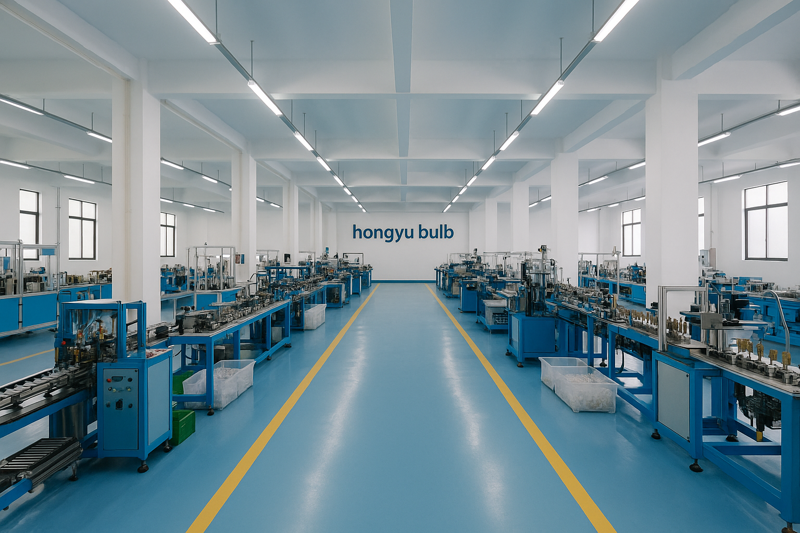
This hits close to home for me. At Hongyu Bulb, we see ourselves as more than just a supplier; we are a part of our clients' supply chains. I've been on the phone late at night with a client in the U.S. who just saw their product featured unexpectedly on a major blog. Their sales velocity went through the roof. Because we had a strong relationship and a flexible production line, we were able to expedite a new shipment for them, air-freighting a portion of it to prevent a stock-out. That's what a true partnership looks like. It’s not just about the price per bulb; it’s about having a team that has your back when things get crazy. This is where our 30 years of experience really makes a difference.
The True Cost of an Unreliable Supplier
Dealing with an unreliable supplier during a promotion can be catastrophic. The risks go far beyond just not having enough products.
- Quality Inconsistency: Imagine you've sold thousands of bulbs during a Black Friday sale. Weeks later, you're flooded with returns because a bad batch of bulbs start flickering or failing. This not only destroys your profit from the sale but also damages your brand's reputation with a flood of negative reviews. We prevent this with multi-stage quality control throughout the entire production process.
- Communication Gaps: When you need an urgent update on your production schedule, a language barrier or a 12-hour time difference can lead to disastrous delays. Clear, responsive communication is something we pride ourselves on. My role is to be a direct line of contact for our clients, ensuring they are always informed.
- Inflexible Production: Some factories require very large, fixed order quantities and long lead times. This makes it impossible to react to a sudden sales spike. We maintain a flexible system that allows us to prioritize urgent orders and adjust production schedules to help our partners meet unexpected demand.
Building a Supply Chain for Success
A successful promotion is built on a foundation of trust between you and your manufacturer. Here’s what that partnership should look like:
- Collaborative Forecasting: We work with our clients to understand their promotional calendar. By knowing their plans for Prime Day, Black Friday, or a Home Depot seasonal event, we can schedule raw material procurement and production capacity in advance. This proactive approach prevents last-minute surprises.
- Buffer Stock Strategy: We can help clients develop a strategy for safety stock. This might involve holding a small amount of extra inventory at our facility or in a third-party warehouse, ready to be dispatched the moment sales start to spike.
- Transparent Timelines: We provide clear, realistic production and shipping timelines. If there is a delay due to a holiday or a raw material shortage, we communicate it immediately. This transparency allows you to adjust your marketing and inventory levels on platforms like Amazon, preventing you from over-promising to customers.
Here's a simple comparison:
| Feature | Unreliable Supplier | Reliable Partner (Hongyu Bulb) |
|---|---|---|
| Quality | Inconsistent, leads to high returns | Rigorous QC, consistent performance |
| Communication | Slow, unclear, unresponsive | Fast, clear, proactive updates |
| Lead Times | Rigid and long | Flexible, with options for expedited orders |
| Forecasting | Reactive | Collaborative and proactive planning |
Ultimately, your manufacturer is the foundation of your promotional success. A cheap price from an unreliable factory can end up being the most expensive mistake you ever make.
Conclusion
Navigating retail promotions is complex, but a clear strategy focused on product quality, smart pricing, and a strong manufacturing partnership will set you up for long-term, profitable success.
Find out how to effectively plan for Seasonal Sales Events to maximize your sales potential. ↩
Learn about the Pro Program to see how it can enhance your business strategy and attract professional clients. ↩
Discover Walmart's pricing strategy to understand how it can influence your own pricing and sales tactics. ↩
Explore this link to understand how Lightning Deals can boost your sales and visibility on Amazon. ↩
Understanding CRI helps you appreciate how lighting affects color perception, enhancing your home’s ambiance. ↩
Exploring smooth dimmability can help you choose lighting that enhances comfort and reduces flicker. ↩
Learn why UL/ETL certifications ensure safety and reliability in your lighting choices. ↩
Discover how Energy Star ratings can lead to significant savings on your energy bills. ↩
Understanding COGS is crucial for pricing strategies and profitability. Explore this link to gain insights on managing your costs effectively. ↩
Learn about Amazon's platform fees to better calculate your costs and set competitive prices. This knowledge is essential for maximizing profits. ↩
Discover how product bundling can enhance perceived value and increase sales. This strategy can significantly boost your average order value. ↩
Explore the effectiveness of tiered discounts in encouraging bulk purchases. This strategy can help you move inventory faster and increase profits. ↩
